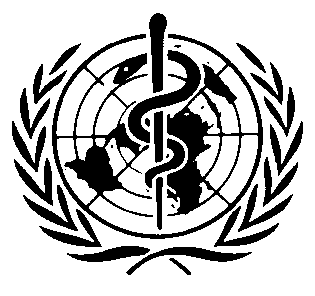International Chemical Safety Cards
| METHYLAMINE | ICSC: 0178 |




Aminomethane Monomethylamine CH5N / CH3NH2 Molecular mass: 31.1 (cylinder)  ICSC # 0178
ICSC # 0178CAS # 74-89-5 RTECS # PF6300000 UN # 1061 (anhydrous) EC # 612-001-00-9 October 09, 2002 Peer reviewed |
| TYPES OF HAZARD/ EXPOSURE | ACUTE HAZARDS/ SYMPTOMS | PREVENTION |
FIRST AID/ FIRE FIGHTING |
| FIRE |
Extremely flammable.
Gives off irritating or toxic fumes (or gases) in a fire.
|
NO open flames, NO sparks, and NO smoking.
|
Shut off supply; if not possible and no risk to surroundings, let the fire burn itself out; in other cases extinguish with
powder, carbon dioxide.
|
| EXPLOSION |
Gas/air mixtures are explosive.
|
Closed system, ventilation, explosion-proof electrical equipment and lighting.
Use non-sparking handtools.
|
In case of fire: keep cylinder cool by spraying with water.
Combat fire from a sheltered position.
|
| EXPOSURE |
|
STRICT HYGIENE!
|
|
| •INHALATION |
Burning sensation.
Cough.
Headache.
Laboured breathing.
Shortness of breath.
Sore throat.
See Notes.
|
Ventilation, local exhaust, or breathing protection.
|
Fresh air, rest.
Half-upright position.
Artificial respiration may be needed.
Refer for medical attention.
|
| •SKIN |
ON CONTACT WITH LIQUID: FROSTBITE.
|
Cold-insulating gloves.
Protective clothing.
|
ON FROSTBITE: rinse with plenty of water, do NOT remove clothes.
Refer for medical attention.
|
| •EYES |
Redness.
Pain.
Blurred vision.
Severe deep burns.
|
Safety goggles,
or eye protection in combination with breathing protection.
|
First rinse with plenty of water for several minutes (remove contact lenses if easily possible), then take to a doctor.
|
| •INGESTION |
|
Do not eat, drink, or smoke during work.
|
|
| SPILLAGE DISPOSAL | STORAGE | PACKAGING & LABELLING | ||
|
Evacuate danger area!
Consult an expert!
Ventilation.
Remove all ignition sources.
NEVER direct water jet on liquid.
Remove vapour with fine water spray.
(Extra personal protection: complete protective clothing including self-contained breathing apparatus.)
|
Fireproof.
Cool.
|
F+ symbol Xn symbol R: 12-20-37/38-41 S: 2-16-26-39 UN Hazard Class: 2.1 |
||
| SEE IMPORTANT INFORMATION ON BACK | ||||
|
||||